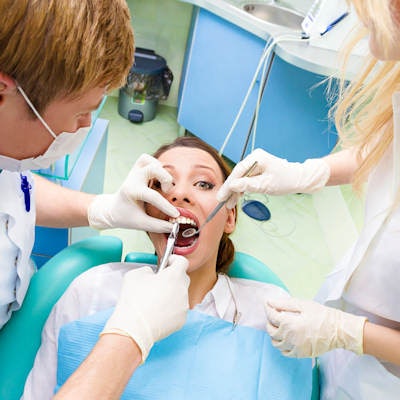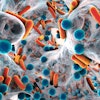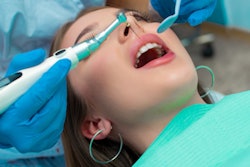
From workforce shortages to changes in infection control protocols, dental hygienists have taken a one-two punch from the COVID-19 pandemic. But in the long term, it may change their roles in practices and offer them new opportunities.
The pandemic highlighted what happens when an entire dental team isn't involved in how a practice operates, said American Dental Hygienists Association (ADHA) CEO Ann Battrell, RDH, MSDH, during a panel discussion on September 16 hosted by the ADA's Health Policy Institute (HPI).
"Some dental teams are doing it right," she said. "Those practices who had a good relationship with their dentists worked it out."
Inadequate supplies of personal protective equipment (PPE), a failure of dental teams to listen to each other about safety concerns, and other issues have shifted many hygienists and dentists into an us-versus-them dynamic. Factors such as financial losses as a result of COVID-19 shutdowns, the uncertainty of when patients will return, and patients losing their dental insurance have caused tempers to flare. Another factor is the need to keep children home, which disproportionately affects hygienists; 98% of hygienists are women, many of whom are the primary caregivers.
From chaos to change
The pandemic is forcing practices to take a good hard look at their hygiene teams.
"Fifty percent or more of dental business comes through the dental hygiene chair," Battrell said. "The pandemic taught the community that practices have to get smart about how they look at their hygiene departments."
Dentists need to take a bigger and much broader look at the current dental practice model, she said.
"Most dentists are unaware of all the things hygienists can do in their home states," Battrell said. "When you only think about, 'they just do this,' you are missing the entire scope of what a hygienist can do to really improve the health of the patients."
Hygienists across the U.S. are already ahead of the curve when it comes to teledentistry, which offers another way to get hygienists into the community.
"Your dental practice isn't just your physical space, it's your whole community," she said.
Administering vaccines
Vaccine administration could also offer new opportunities for hygienists. In most states in the U.S., hygienists can administer injections in patients' mouths.
It may be something worth considering: 44% of dentists reported being willing to vaccinate patients for COVID-19 when a vaccine becomes available and they are authorized to do so, according to recent data from HPI.
"Dentists in large group practices were more willing to do so," said Chelsea Fosse, a senior health policy analyst at HPI.
"It will be a high priority for the dental hygiene community," Battrell added.
She said that HPI and the dental hygiene community will be working together on a study to investigate hygienists administering vaccines.
Working together
As things begin to shift to whatever ends up being the new normal, Battrell hopes oral health will not move backward.
"There is a real opportunity for all of us to relook at how that medical-dental integration is really vital right now," she said. "Hygienists already are getting employed in pediatrician practices, long-term care facilities. We are out there as front-line workers and referring to dentists the things they can't do."
The oral healthcare delivery system must be assessed and transformed, Battrell said.
"Let's go. Let's get it done," she added.




















